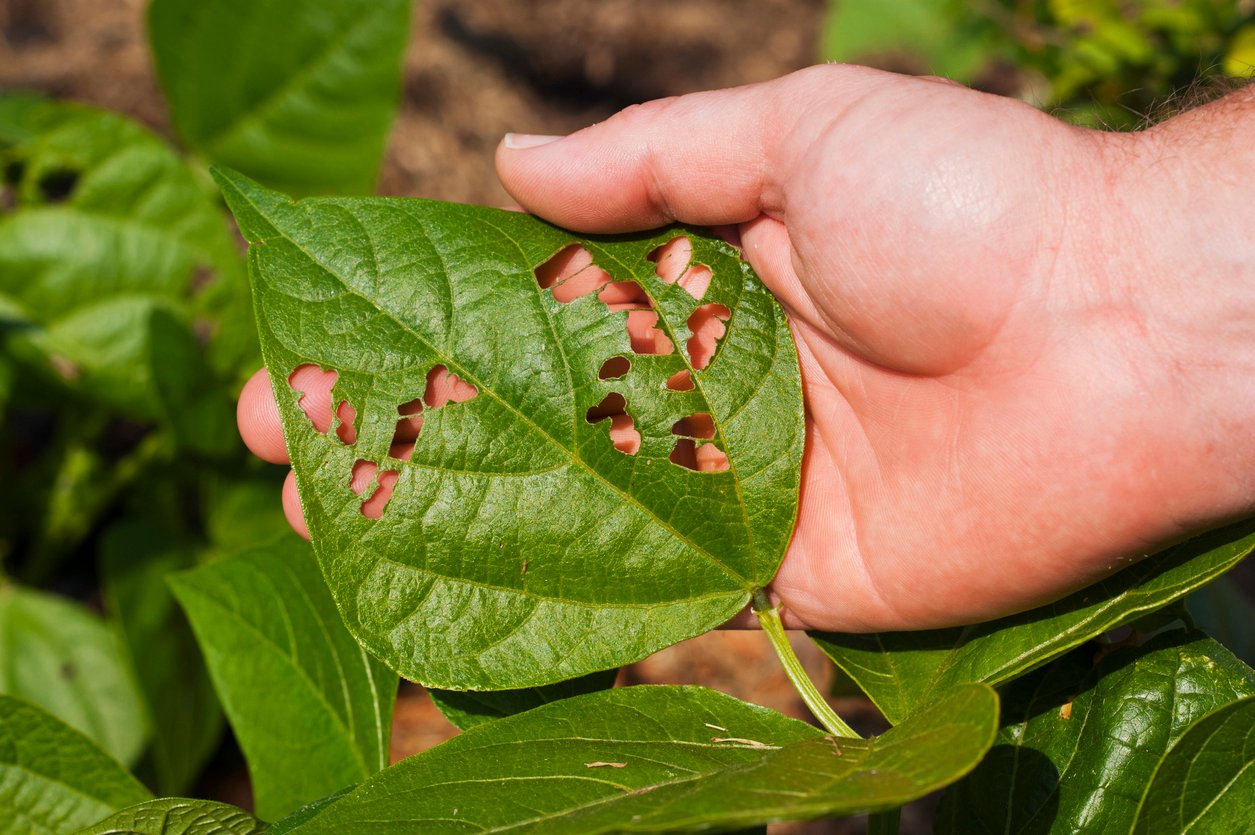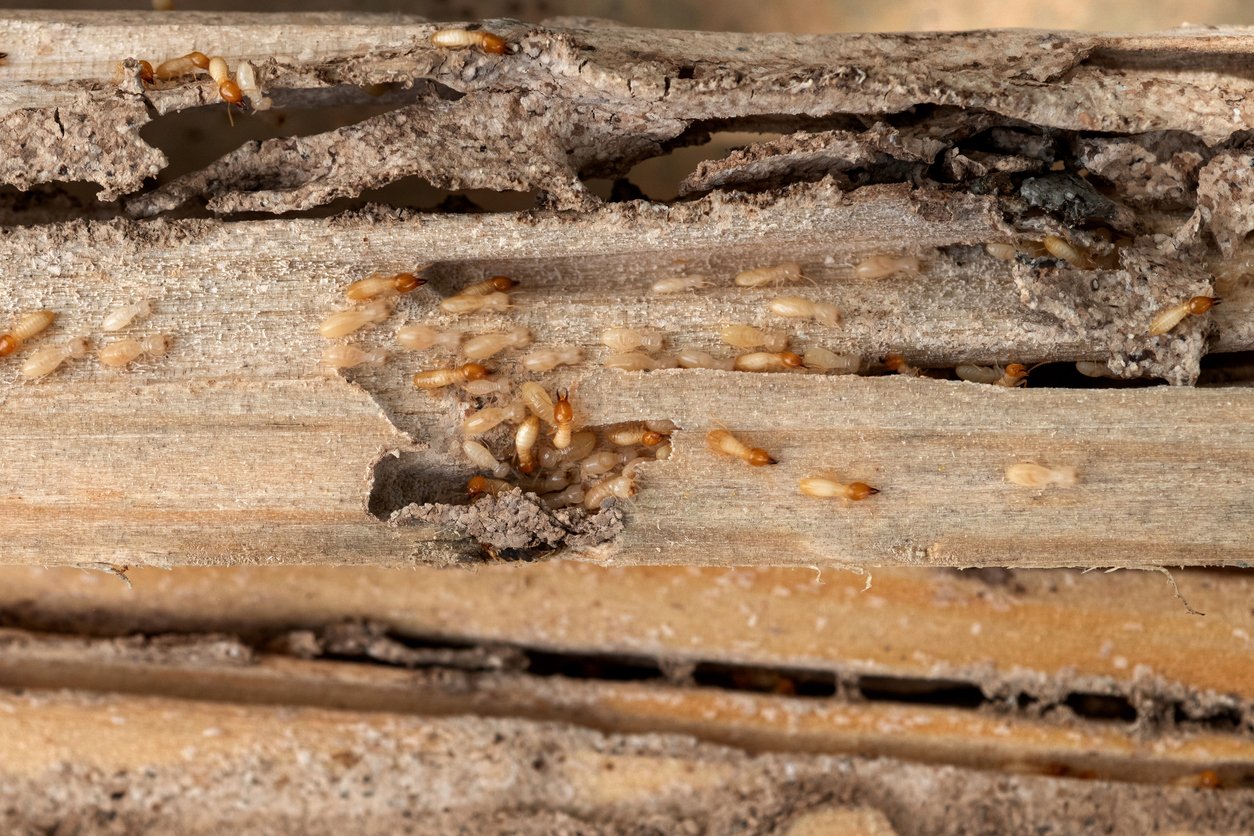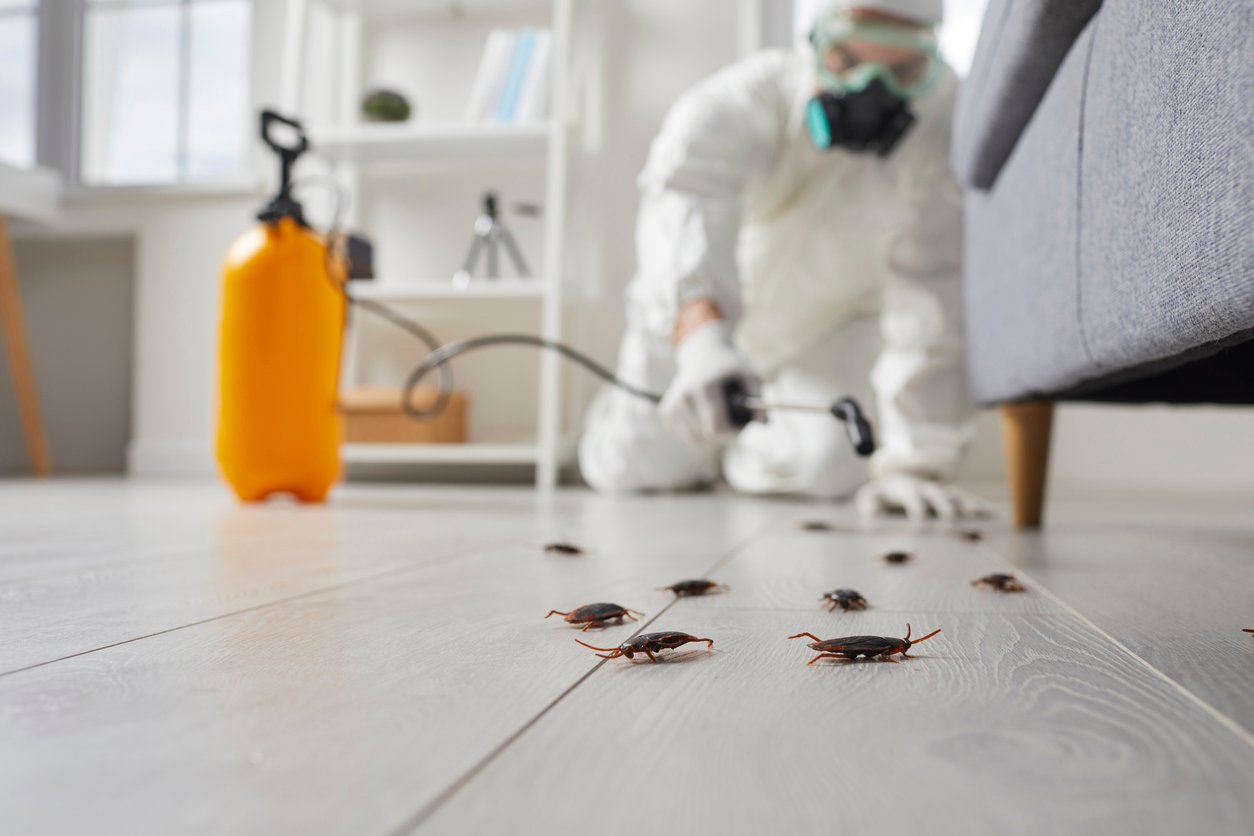Why Are Weevils In Flour?

If you’ve ever found little black beetles in your flour, you know how difficult it is to deal with weevils. But why are weevils in your flour to begin with? Where did they come from, and why won’t they go away? Find out more about these prolific pests and how you can eliminate them when dealing with an infestation.
What are Flour Weevils?
There are a few different species of weevils that infest flour. Despite their different names, all three of these common stored-product pests have been known to feed on flour:
Rice Weevils (Sitophilus oryzae) and Maize Weevils (Sitophilus zeamais)
These two species are virtually identical in appearance. Both are about 2 mm in size; dark red, brown or black; and may have four yellow spots on their backs. Rice and maize weevils can also fly and are attracted to light.
Granary Weevils (Sitophilus granarius)
Granary weevils are also known as grain weevils or wheat weevils. They are about ⅛ of an inch long; dark red, brown, or black; cannot fly; and are not attracted to light.
The common names of these pests are a good indication of how they’re likely to get introduced into your home. Rice weevils are most often transported through rice purchased at the store; granary weevils are found in wheat; and maize weevils are found in dried corn products. However, all three of these weevil species will feed on the same dry food products like flour.
Weevil Look-Alikes
There are also two beetle species that commonly infest flour, though they’re not actual weevils from the Curculionidae superfamily.
Red flour beetles and confused flour beetles—Tribolium castaneum and Tribolium confusum, respectively—are similar in size to common stored-product weevils, measuring about ⅛ of an inch long. However, these beetles don’t have the long snout characteristic of weevils. These flour beetle species are reddish brown, attracted to light, and have a long abdomen with a short thorax and head.
Flour beetles are a significant pest because they emit a foul odor, can cause allergic reactions, and encourage mold growth in the products they contaminate. Pantry weevils can also foster mold and allergies, and dead weevils may produce a musty smell.
How do weevils reproduce?
Adult female rice and grain weevils can lay up to 400 eggs in the span of a few months. In order to reproduce, the female bores a hole into a single grain of rice, wheat, corn, etc. and deposits a single egg with her ovipositor. She repeats this process a few times per day and seals the holes with sticky fluid.
Weevil eggs take a few days to hatch, after which the larvae feed on the inside of the grain and make their way out. Weevils stay in their larval stage for a few weeks before changing into a pupa and then finally reaching adulthood. Weevil larvae are small and white and look similar to very small maggots.
Why do weevils get in flour?
Due to their small size, adult weevils, along with their eggs or larvae, can go unnoticed in flour and may inadvertently be included in baked goods. Consuming weevils from contaminated flour poses no harm, as they are non-toxic and do not affect human health. If your flour is not stored in an airtight container, adult weevils can easily make their way into a bag of flour and begin feeding.
On the other hand, red flour and confused flour beetles may get into flour at food processing plants. Flour beetles can infest large batches of flour and may even end up in bags of flour at the grocery store.
What do to if you find weevils in flour
As soon as you see signs of a weevil infestation, you should call your professional pest control provider right away. These pests can be a pain to get rid of, and trained professionals will be able to help eliminate them from your home.
There are also a few steps you can take to get rid of weevils and help prevent them in the future:
Get rid of opened, unsealed food
Weevils can spread to a variety of food sources in your pantry, so the best thing to do in an infestation is to get rid of all possible breeding grounds. Remove opened foods in your pantry. Food that is in airtight, sealed containers is okay to keep.
Clean food storage areas
Once you’ve emptied out your pantry, be sure to clean and disinfect the area thoroughly to eliminate weevil eggs, larvae, or adults that may remain.
Store grains properly
Proper storage for dry food products is key for warding off weevils and flour beetles. Decant flour and grains into sealed, airtight containers.
Contact us today for help with weevils and any other pest problems.



